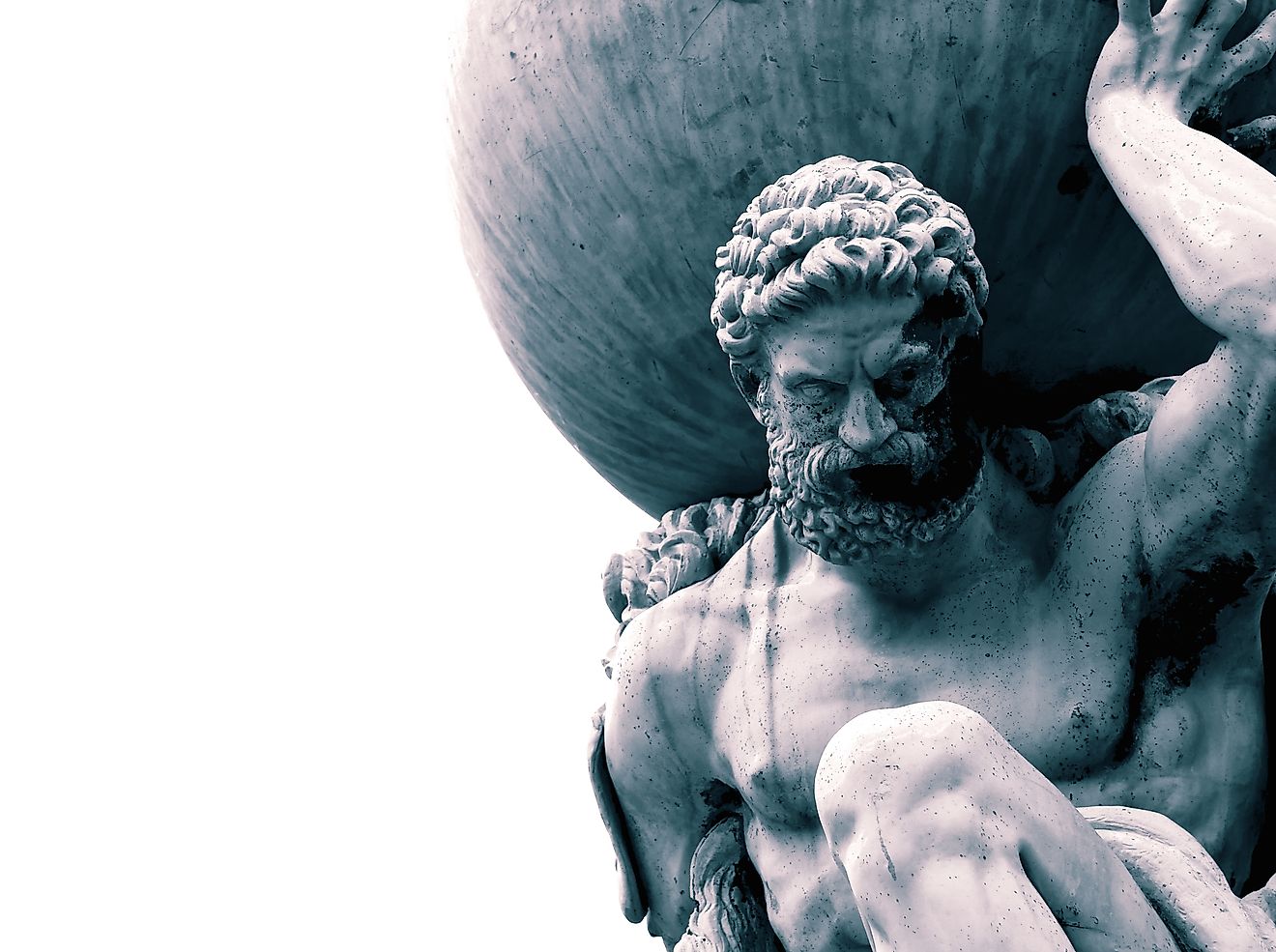
Why Is Mars Red?
Mars is also known as the Red Planet due to its surface being red-orange. The surface of Mars is made up of a lot of iron oxide, which when exposed to the right circumstances, rusts into a red color. However, not all of Mars is this red color. One of the Mars Rovers, the Pheonix Lander, drilled into the surface to discover that only a few centimeters down the soil was brown, not red.
Surface Of Mars

Mars’ surface is made up of rusted iron oxide, giving the planet its signature red color. While both Earth and Mars contain a lot of iron, the iron on Earth sunk below the surface shortly after its formation, whereas the iron on Mars stayed closer to the surface. Both planets do contain an iron core. However, scientists believe that the gravity on Mars was not high enough to pull all the iron towards the core. Even though iron is a very dense element, Mars is so much smaller than the Earth, which is why it has such a low gravity in comparison. How could the iron have oxidized? Well, scientists have a couple of theories. Firstly, there is evidence that Mars was once home to liquid water, which could have aided in the oxidization. This would not explain how the surface of Mars appears to be completely rusted. In 2009, researchers showed that oxidization could happen due to crumbling quartz. The dust storms on Mars can be extremely destructive and can demolish the quartz, leaving oxygen-rich surfaces exposed. Sunlight can also play the role of oxidizer on Mars by breaking carbon dioxide into hydrogen peroxide and ozone.
Atmosphere Of Mars

Earth’s atmosphere appears bright blue due to Rayleigh scattering. Shorter blue wavelengths of light are scattered by the molecules in the atmosphere, giving the sky its blue tinge. If Earth’s atmosphere were any smaller or less dense, the blue would be a lot more faded. The atmosphere of Mars is not dense enough for Rayleigh scattering to be the sole cause of the bright red color. Dust particles, kicked up by relentless dust storms, fill the atmosphere with particles of oxidized iron. The light then bounces off these particles creating a red tinge in the sky. Since dust storms are not uniform across the planet, neither is the color of the atmosphere. This is why images from Mars Rovers show differences in the color of the sky.











